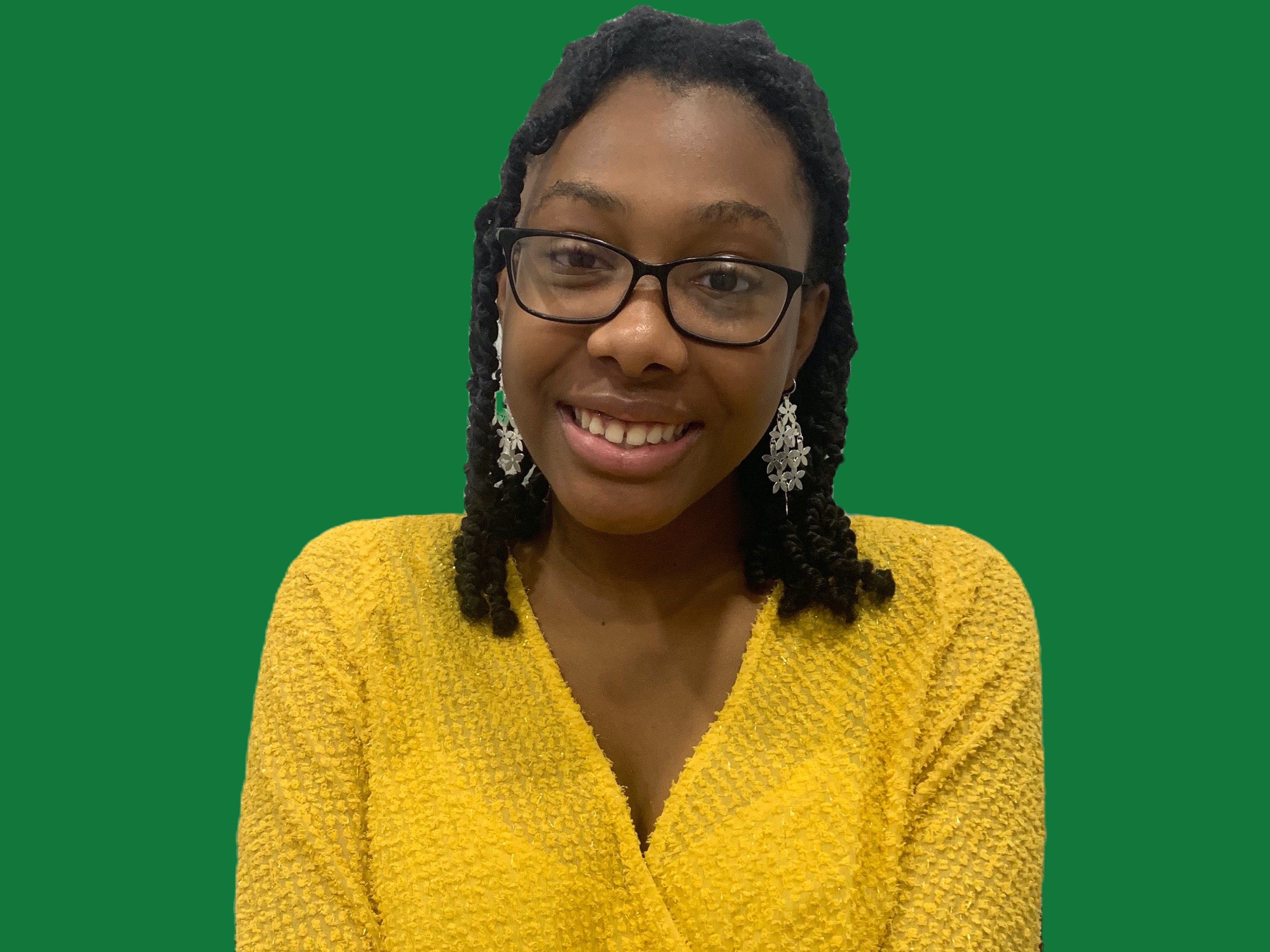Eleanor Hawkins Connects the DOTS in her Passion Project

Although only in 10th grade, Eleanor Hawkins recited a platitude common among medical students: “When you hear hoofbeats, think horses not zebras.” While it’s true that the majority of people are going to be horses, Eleanor is working on a passion project with two computer science mentors that focuses on the zebras, the 10% of the US population that has a rare disease.
Her project, DOTS, is a computer program that aims to provide a more precise diagnosis for patients suffering from a group of rare genetic diseases called heritable connective tissue disorders. “In many cases, doctors are not aware of how to test for the conditions or even what the clinical symptoms of these patients resemble,” Eleanor explained.
“In many cases, doctor's are not aware of how to test for the conditions or even what the clinical symptoms of these patients resemble”
I asked Eleanor why she named it DOTS, and she laughed. It originates from yet another saying in the medical community: “‘When you can’t connect the dots, then connective tissue disorder’ because people with connective tissue disorders have such a wide variety of symptoms,” Eleanor explained.
The name “DOTS” simultaneously emphasizes the diagnostic process since it’s also an anagram for Observe, Suggest, Diagnose, Treat. For Eleanor, the (mis)diagnostic process is personal. When she was 12, doctors suggested she might have a heritable connective tissue disorder. They still don’t know what type. Since then, Eleanor has struggled with misdiagnosis and delayed treatments. Undeterred, Eleanor decided to research the disorders for herself. “Since I have access to geneticists and GI doctors, I have these opportunities to shadow them or work with the hospital,” she said.

In order to build DOTS, Eleanor taught herself to code. In 8th grade, she got a book that detailed how to code an adventure game in Python. Although it was a fun exercise, Eleanor’s high school had a limited Computer Science program, and her interests drifted elsewhere. But as Eleanor was finishing up 9th grade, she realized she needed CS to make DOTS a more useful tool. She consulted her book on Python and extrapolated other aspects of the language from there.
Eleanor based the questions DOTS will ask patients on the major and minor criteria insurance policies lay out for heritable connective tissue disorders. She hopes that anchoring her code to the insurance criteria might help patients get coverage for genetic testing. “DOTS can be used in two ways: doctors can provide evidence for their diagnosis and insurance companies can make sure patients need the genetic testing,” she said.

By June, Eleanor had written over 1,000 lines of code. And that’s where Curious Cardinals came in.
With help from her first Curious Cardinals mentor Oliver Brady, Eleanor condensed her code into 10 clean lines that screen for 114 symptoms and predict 22 types of disorders. Then in September she began working with a second mentor, Tara Jones, to build an interactive web app using C++. Now, Eleanor is learning about logistic regression and data analytics so that DOTS can determine the probability that a patient has a heritable connective tissue disorder.
“If you have a test that’s able to predict the probability of someone having a disease, then you can create connections between phenotype and genotype – the genetic variants and the symptoms the patient experiences”
DOTS emerged at an exciting time for genetic researchers. Now that more patients are getting genetic testing, researchers can highlight variants of unknown significance. Eleanor is excited to see how DOTS can help create correlations between symptoms and the disease. “If you have a test that’s able to predict the probability of someone having a disease, then you can create connections between phenotype and genotype – the genetic variants and the symptoms the patient experiences,” Eleanor said.
Eleanor’s enthusiasm for her project burst through the Zoom screen when we spoke. Students like Eleanor activate their interests through passion projects by working alongside mentors who can teach them the skills they need. “It’s great for me,” Eleanor said, “I have a lot of ideas, but since I hadn't really taken a computer science course, I didn’t have the ability to execute them.”
She already has the medical lingo down. Her next step is to reach out to doctors and pilot her program in clinics where patients have a high risk for a heritable connective tissue disorder. We can’t wait to watch Eleanor help doctors connect the DOTS.
Cece King is the Editor of The Lightbulb. Have a question we can investigate? Curious about a speaker, class, or teacher? Email The Lightbulb any story tips at info@curiouscardinals.com.


